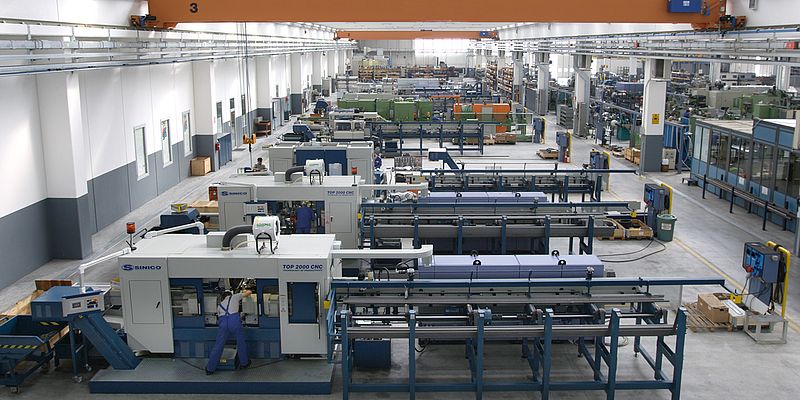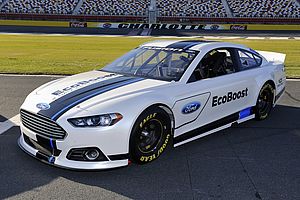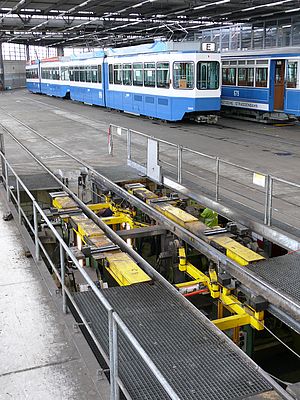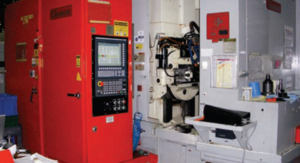An advanced CNC system has helped machine tool manufacturer Sinico to create a fully automated 9-axis rotary transfer cut-off and end-finishing machine for metal bars and tubes.
Sinico's new TOP 2000ri machine is the latest in a long line of flexible chip-removing machine tools, used by manufacturers for a wide variety of processes that include cutting, facing, chamfering, boring, centring, turning, drilling, threading, tapping and milling. The machines also handle shaping operations such as flaring, tapering, rolling, pressing, marking and knurling. Manufacturers use the machines to produce parts for an exceptionally diverse range of applications including hydraulic components, electric motors, industrial chains, power transmission, earth moving machinery and automotive components, as well as contract machining.
The performance of Sinico's new TOP 2000ri is impressive - the entire loading and setting of blank bars or tubes takes just 9 seconds, compared to 21 seconds on previous-generation machines; since this operation is repeated many times during a production run, it helps improve throughput significantly. Capable of accommodating tubes from 8 to 120 mm in diameter and bars from 8 to 80 mm, the machine can accept feed material up to 6.5 metres in length and produce parts up to 640 mm in length. These attributes, combined with its fast changeover capabilities, make the machine a supremely flexible solution for manufacturers producing a wide diversity of parts.
Sinico has used NUM CNC systems on a number of machines and the two companies have a history of collaborating on the development of new cutting and shaping techniques. In this instance, Sinico chose to base all of the TOP 2000ri's motion control functions on NUM equipment for two key reasons. First, it needed the flexibility and multi-axis capabilities of the new-generation Flexium 68 CNC system to accommodate the machine's fast throughput and changeover characteristics. Secondly, it wanted to continue partnering with a company prepared to offer a fast and reactive service for collaborative software development.
All power supplies, drives and motors - including five high power spindle motors - were also supplied by NUM. The main rotary transfer stage of TOP 2000ri, which clamps and loads cut-to-length material into the end-finishing stages, is driven by a large BPH brushless motor capable of generating up to 36 Nm of torque. This high speed stage feeds up to four workstations sequentially, making 90 degree moves in less than 0.4 seconds. The finishing stages of the machine employ five asynchronous AMS series spindle motors, each rated at 9 kW, plus a further eight brushless motors for various position control tasks.
On the control side, there are seven single-axis NUMDrive C units, six rated at 130 A, and one at 14 A. There are also three dual-axis 50 A NUMDrive C units. The drive rack is powered by a NUM 120 kW regenerative regulated power supply together with an auxiliary power supply. Overall control of the machine is handled by the Flexium 68 CNC system.
The application-specific software for the Flexium CNC system was developed in conjunction with Sinico, using the CoDeSys hardware manufacturer-independent IEC 61131-3 programming system. This approach enabled engineers to easily share development. The application-specific HMI uses a NUM FS152i P2 control panel, featuring a touch-sensitive screen and an integrated industrial PC, together with a customised keyboard and a hand wheel for making small parameter adjustments easily and quickly. The code for the HMI was developed by Sinico, using standard Visual Basic to call routines from the NUM-supplied libraries.
The entire process flow on the TOP 2000ri is synchronised by the advanced CNC kernel, Flexium CNC. This is over four times more powerful than the fastest version of the Axium controller, which has been a popular choice for machine tool applications for many years. The HMI is specifically designed to present machine operators with a clear portrayal of each manufacturing stage, so that they can familiarise themselves easily with the entire process. A large number of different setup parameters can be stored and recalled at any time, enabling a changeover of the part being manufactured to be accomplished in very short timescales. This minimises machine 'dead' time and helps maximise overall productivity.
The TOP 2000ri features Sinico's patented AVTC system, which continuously varies the feed rate to the machine's cut-off stage to ensure that a constant volume of material is removed. The software automatically generates an ISO program for the ideal cutting speed curve, depending on the dimensions of the bar being processed and the shape that has been specified. This reduces cutting times to an absolute minimum and helps to increase the life of the saw blade.






















